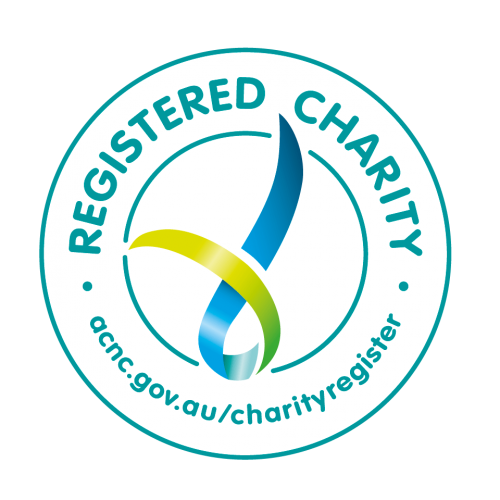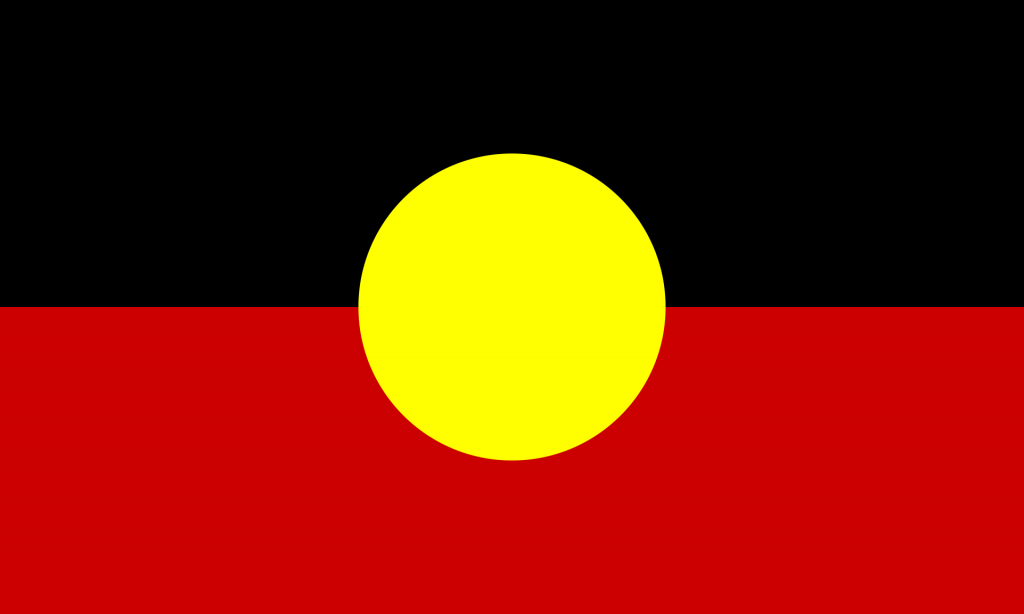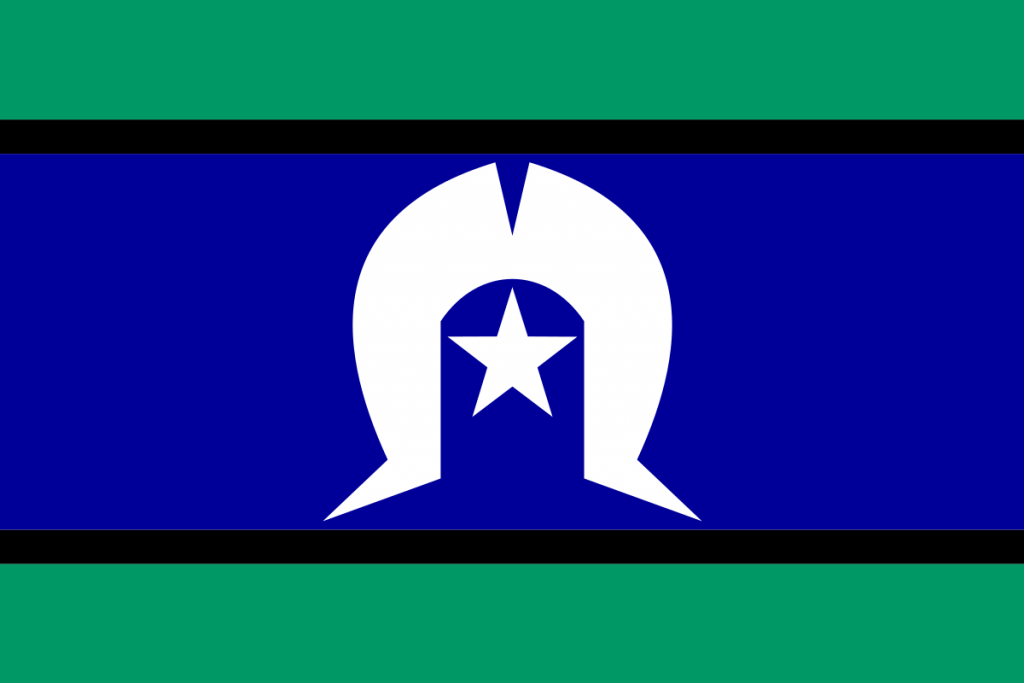MARAM Training for Mental Health and Wellbeing Clinicians
Build Your Skills and Confidence
The Centre is pleased to partner with Safer Care Victoria in 2024-25 to deliver MARAM intermediate training for mental health and wellbeing clinicians.
The MARAM intermediate training for mental health and wellbeing clinicians runs over two hours and was developed with the Centre for Mental Health Learning with input from Specialist Family Violence Advisors in area mental health and wellbeing services.
The training is designed for all mental health and wellbeing clinicians with intermediate MARAM responsibilities in any role within the mental health and wellbeing sector. Delivered by experienced trainers, including trainers with mental health and wellbeing clinical skills and family violence MARAM expertise, the training strengthens skills in recognising and responding to family violence, supports clinicians to embed skills they already have, increases their understanding of family violence, and builds their confidence in undertaking their MARAM responsibilities.
Training content is based on MARAM evidence-based practice guidance, and it aligns with the Chief Psychiatrists guideline and practice resource: family violence, and Our workforce, our future – a capability framework for Victoria’s mental health and wellbeing workforce family violence capability seven – Understanding and responding to family violence. It highlights the Mental Health and Wellbeing Act 2022 gender safety principle and information sharing when it doesn’t put people at risk of experiencing family violence. It also looks at how a person’s mental health can be used against them as a tactic of family violence.
Register or login to our LMS to see the online sessions.
To arrange an in-person training session, contact [email protected] with MARAM mental health and wellbeing training in the subject line.

2023 - 2024 MARAM Training
In 2023-24, the Centre delivered the below MARAM training to over 700 participants from health workforces.
Keep an eye on this webpage for MARAM training becoming available in 2024-25.
MARAM identification training – this training aimed to increase capacity to undertake MARAM identification responsibilities, and was delivered to (but not limited to) maternal and child health nurses, Community Health Services, and general practitioners
MARAM intermediate training – this training was for those wanting to develop their skills and undertake MARAM intermediate responsibilities, including (but not limited to) alcohol and other drug workers and the mental health and wellbeing workforce.
MARAM intermediate training for mental health and wellbeing clinicians as above; – this two-hour training session was designed for all mental health and wellbeing clinicians with intermediate MARAM responsibilities in any role within the mental health and wellbeing sector.
Putting MARAM into Practice workshops x 3; — while everyone was welcome to attend these workshops, they were best suited to those who completed MARAM intermediate training and wanted to expand their learning.
Techniques for maintaining engagement and difficult family violence conversations; this workshop took a trauma-informed lens to the reasons why a person experiencing violence may not engage, struggle to engage, or may begin to disengage.
Advanced case notes and documentation in a family violence context; this workshop helped practitioners meet their legal obligations and align their case notes with MARAM’s evidence base and language and ensure their case notes have a positive impact on the person experiencing violence if they were to read them.
Intermediate risk assessment and risk management; using case studies and practical workshopping, this workshop tackled the challenges of helping a person experiencing violence build their confidence and capacity to manage their safety and built practitioner’s capability to undertake intermediate risk assessment and management.
To organise MARAM training specifically for your organisation, contact: [email protected].
MARAM Resource Hub
The Centre has created the MARAM & Information Sharing Resource Hub to increase knowledge, confidence, and capacity among child and family services and allied sectors, enabling them to work collaboratively and contribute to positive practices for children and their families.



